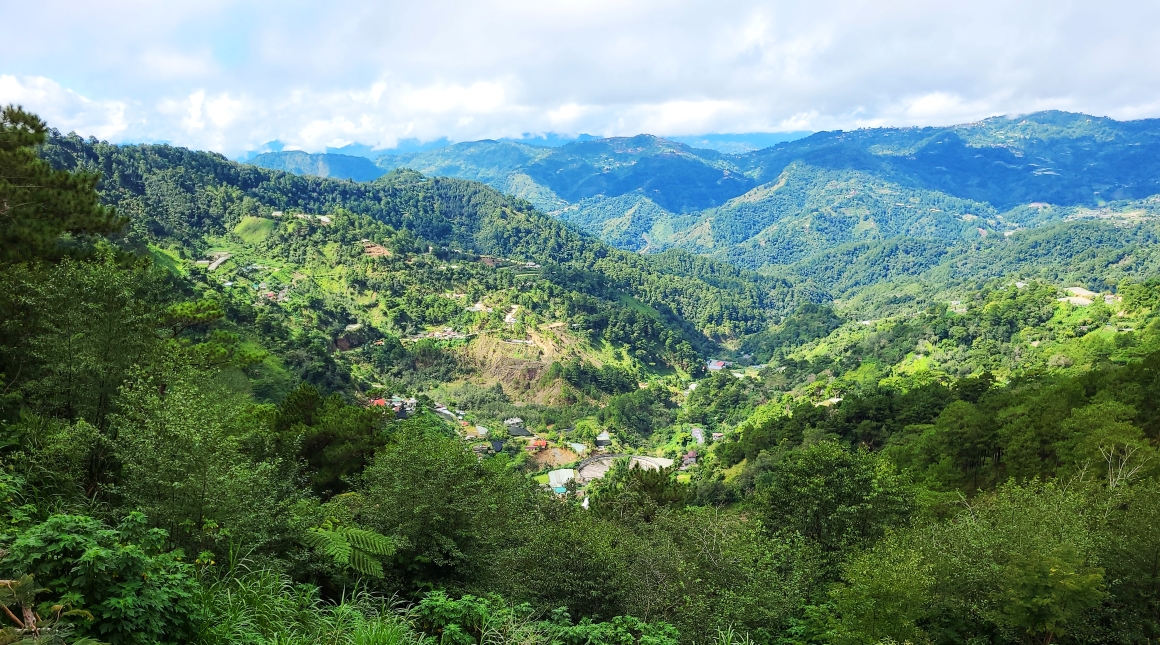The Bio+Mine project, led by scientists from the Natural History Museum, London, will showcase cutting-edge techniques for assessing the environmental and social impact of former mining sites and rehabilitating them for future generations
The work aims to establish a blueprint for future clean-ups that could be applied to active and abandoned mining sites worldwide, including in the UK, as well as setting out requirements for mining companies in the preliminary stages of mining application
The findings will be exhibited at the Royal Society’s free, public Summer Science Exhibition (2-7 July 2024) alongside the project’s researchers from the NHM, Imperial College London and the Phillipines
Mining is central to meeting global demand for metals and resources critical to the green energy revolution, so finding ways to limit the industry’s adverse impact on the environment and biodiversity is a pressing issue.
The DEFRA GCBC-funded Bio+Mine project brings together an international team of biology, mineralogy, engineering, environmental and social sciences researchers with communities living and working alongside the project’s focus site, the Sto. Niño former copper mine in northern Luzon, Phillipines.
The Sto. Niño legacy mine was left abandoned in 1982. Without active remediation there has been a lasting impact on the local community, their water supply and soils.
By working closely with communities, the research teams from NHM, De La Salle University, Imperial College London, Mindanao State University and University of New South Wales are aiming to better understand the issues associated with abandoned mines and co-design solutions to rehabilitate them.
Dr Anne D. Jungblut, Principal Research at the Museum, says: “We’re really looking forward to exhibiting at the Summer Science Exhibition and engaging with the public about Bio+Mine, a project that’s been close to our hearts for over two years.
“At the heart of our approach, and what we hope to highlight, is the fundamental integration between social science and applied sciences. Throughout every stage of this project, we relied upon the experience and expertise of Indigenous People local communities and ensured these key stakeholders were co-creators of future strategies that would impact their local environment. We believe this level of local trust is essential for a successful outcome.”
The science exhibit entitled People, Nature and Mining will showcase the innovative techniques used throughout the project including aerial drone surveys of the geology and vegetation, bioprocessing technologies, remediation of acid mine drainage, and genetic DNA analysis of the microbial life in the polluted soil and water and impact of metals on the environments.
Visitors to the exhibition will be able to meet the scientists involved and try DNA sequencing technologies using Lego DNA strands and Blocksford Brickopore sequencer. Drone technology will be on display that can deliver centimetre-scale resolution of landscapes to map and monitor former mine sites, forests and farmland.
To be introduced to the Bio+Mine project and meet the scientists involved, as well as learn more about the 250 leading scientists doing equally mind-blowing science, visit the Royal Society’s flagship event, the free annual Summer Science Exhibition, this July.
ENDS
Press pack including images available here.
Natural History Media contact: Tel: +44 (0)20 7942 5654 / 07799690151
Email: press@nhm.ac.uk
About the Natural History Museum
The Natural History Museum is a world-leading science centre and one of the most visited attractions in the UK. A global source of curiosity, inspiration and joy. Our vision is to build a future in which both people and the planet thrive. We aim to be a catalyst for change, engaging advocates for the planet in everything that we do. Our 350 scientists are finding solutions to the planetary emergency in all aspects of life. Visit, join and support the Natural History Museum today. Protecting the planet. It's in our nature.
About the Royal Society
The Royal Society is a self-governing Fellowship of many of the world’s most distinguished scientists drawn from all areas of science, engineering, and medicine. The Society’s fundamental purpose, reflected in its founding Charters of the 1660s, is to recognise, promote, and support excellence in science and to encourage the development and use of science for the benefit of humanity.
The Society’s flagship event will feature mind-blowing science, thought-provoking talks and jaw-dropping demonstrations, with more than 250 leading scientists on hand to answer questions and talk about their innovative work.

Don't miss a thing
Receive email updates about our news, science, exhibitions, events, products, services and fundraising activities. We may occasionally include third-party content from our corporate partners and other museums. We will not share your personal details with these third parties. You must be over the age of 13. Privacy notice.
Follow us on social media